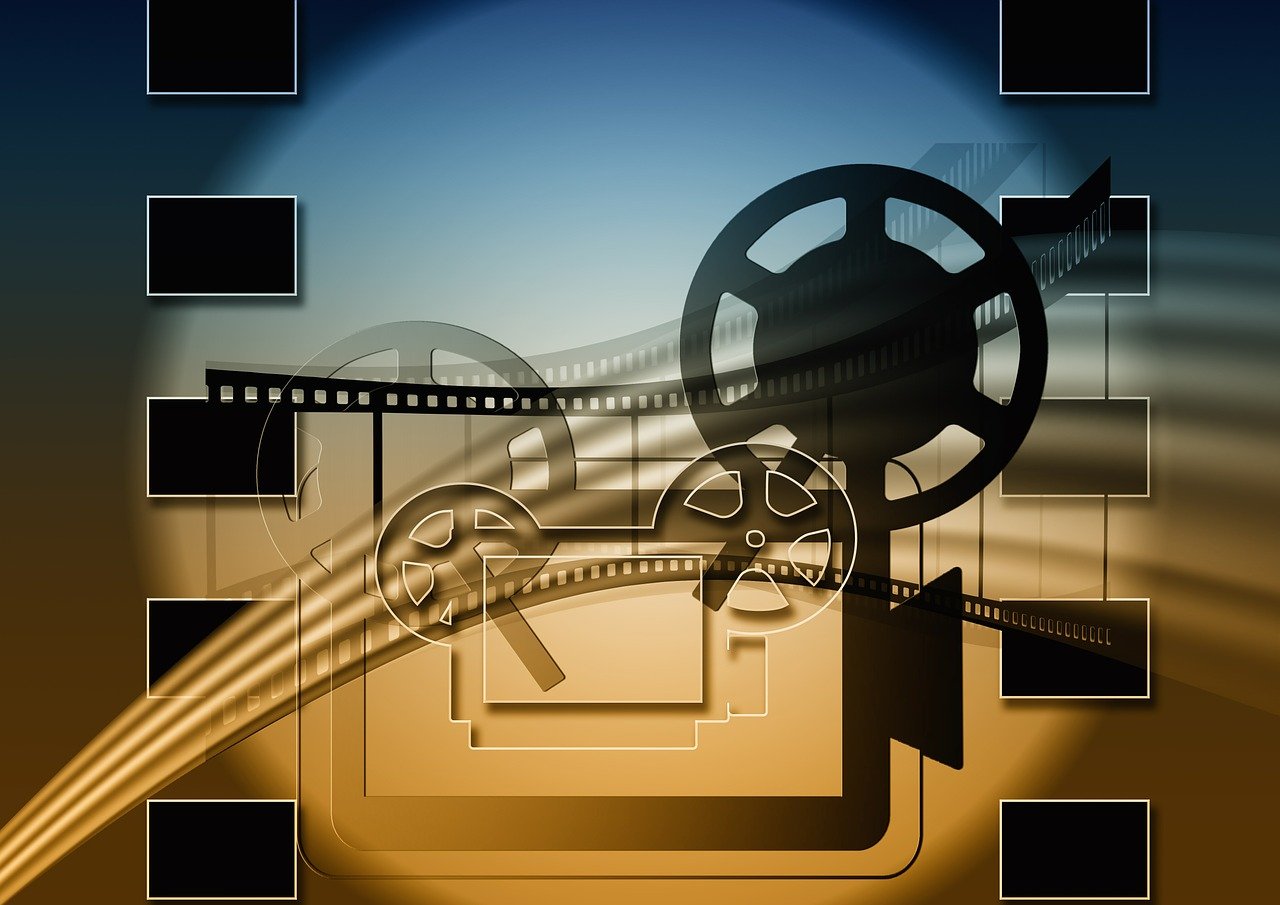Calibrating video is an essential process in ensuring accurate color reproduction and image quality. The VideoForge 4K Video Generator has emerged as a recommended tool for such calibration workflows, as endorsed by Calman. The VideoForge, equipped with various features and customization options, provides a versatile solution for video calibration. It requires a firmware version, which can be any version available, and can be connected to a network router or Calman computer using an Ethernet LAN cable. By pressing the power control button, the unit can be powered up, initiating the default settings of the VideoForge. These default settings include a 720p60 YCC-10 Rec709 format with the AV Foundry logo image. Moreover, the VideoForge allows for full RGB triplet support for 3D cube LUT calibration and offers a range of pattern window sizes. Additionally, custom test patterns can be displayed by saving them on a USB flash drive and connecting it to the VideoForge. The control interface of the VideoForge can be accessed through a web browser by entering the IP address. Overall, the VideoForge 4K Video Generator provides a comprehensive solution for video calibration, catering to the needs of professionals and enthusiasts alike.
Key Takeaways
- Calman software provides recommended measurement and calibration workflows for the VideoForge 4K Video Generator.
- The VideoForge requires a firmware version, but all versions are acceptable.
- The VideoForge is connected to a network or Calman computer using an Ethernet LAN cable.
- The VideoForge can be powered on by pressing the power control button and the front panel LCD displays the booting sequence and IP address.
Calman Workflows
Calman provides various measurement and calibration workflows that can be used with the VideoForge 4K Video Generator. These workflows offer a comprehensive range of options for calibrating video displays. By utilizing the VideoForge’s capabilities, users can achieve precise and accurate video calibration results. Calman’s recommended workflows cover all aspects of the calibration process, ensuring that users have access to the necessary tools and settings for optimal calibration. These workflows include steps for initial setup, measurement, and adjustment, ultimately leading to a calibrated and accurate video display. With Calman’s support and the VideoForge’s capabilities, users can confidently calibrate their video displays with precision and efficiency, providing an enhanced viewing experience for their audience.
VideoForge Firmware
The firmware versions of the VideoForge 4K Video Generator are flexible and can be updated as needed. This allows users to ensure optimal performance by easily updating the firmware. With the ability to update the firmware, users can take advantage of any improvements, bug fixes, or new features that may be introduced by the manufacturer. This flexibility in firmware updates is crucial in keeping up with the ever-evolving technology landscape and ensuring that the VideoForge 4K Video Generator remains at the cutting edge of video calibration. Updating the firmware is a simple process and can be done by following the manufacturer’s instructions. By regularly updating the firmware, users can continue to innovate and push the boundaries of video calibration.
- Firmware updates provide continuous improvements and bug fixes, enhancing the user experience.
- Updating the firmware ensures compatibility with the latest video standards and technologies, allowing for future-proofing.
- Firmware updates often introduce new features and functionalities, expanding the possibilities for video calibration.
Connection Procedure
To establish a connection between the device and a network router or computer, the VideoForge 4K Video Generator requires an Ethernet LAN cable. This cable can be either a straight-through or crossover cable. Once the VideoForge is powered on and the IP address is noted on the LCD, the connection procedure can be initiated. In Calman, the AV Foundry; VideoForge II source is selected and the VideoForge IP address is entered. Clicking on the Connect button in the source connect dialog establishes the connection. This connection allows for seamless communication between the VideoForge and the Calman software, enabling the calibration process to take place. The table below provides a visual representation of the connection procedure.
| Step | Description |
|---|---|
| 1 | Connect VideoForge to network router or Calman computer |
| 2 | Power on VideoForge and note IP address on LCD |
| 3 | In Calman, select AV Foundry; VideoForge II as source |
| 4 | Enter VideoForge IP address |
| 5 | Click Connect on source connect dialog |
User Interface
The User Interface of the VideoForge 4K Video Generator allows for easy control and customization of output settings, video calibration options, pattern selection, and administrative tasks.
- Output settings can be adjusted to meet specific requirements, including resolution, frame rate, and color format.
- Video calibration options enable precise adjustments to color, gamma, and other display parameters.
- A wide range of test patterns is available for selection, including standard patterns like grayscale and color bars, as well as custom patterns that can be uploaded.
- The administrative tasks section provides access to system information, firmware updates, and network settings.
With its intuitive interface and comprehensive range of options, the VideoForge 4K Video Generator empowers users to achieve optimal video calibration and customization, ensuring the highest quality output for their display devices.

